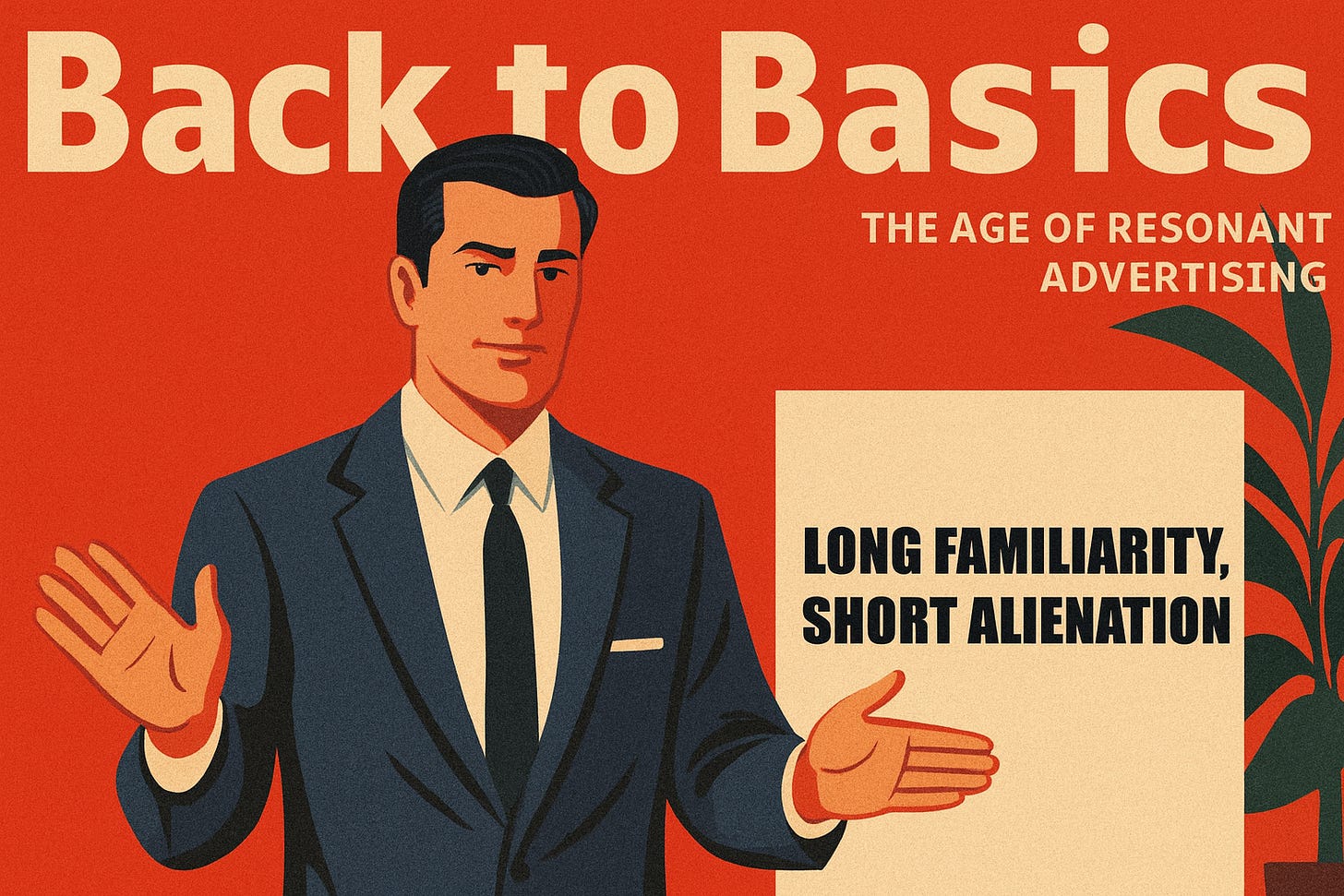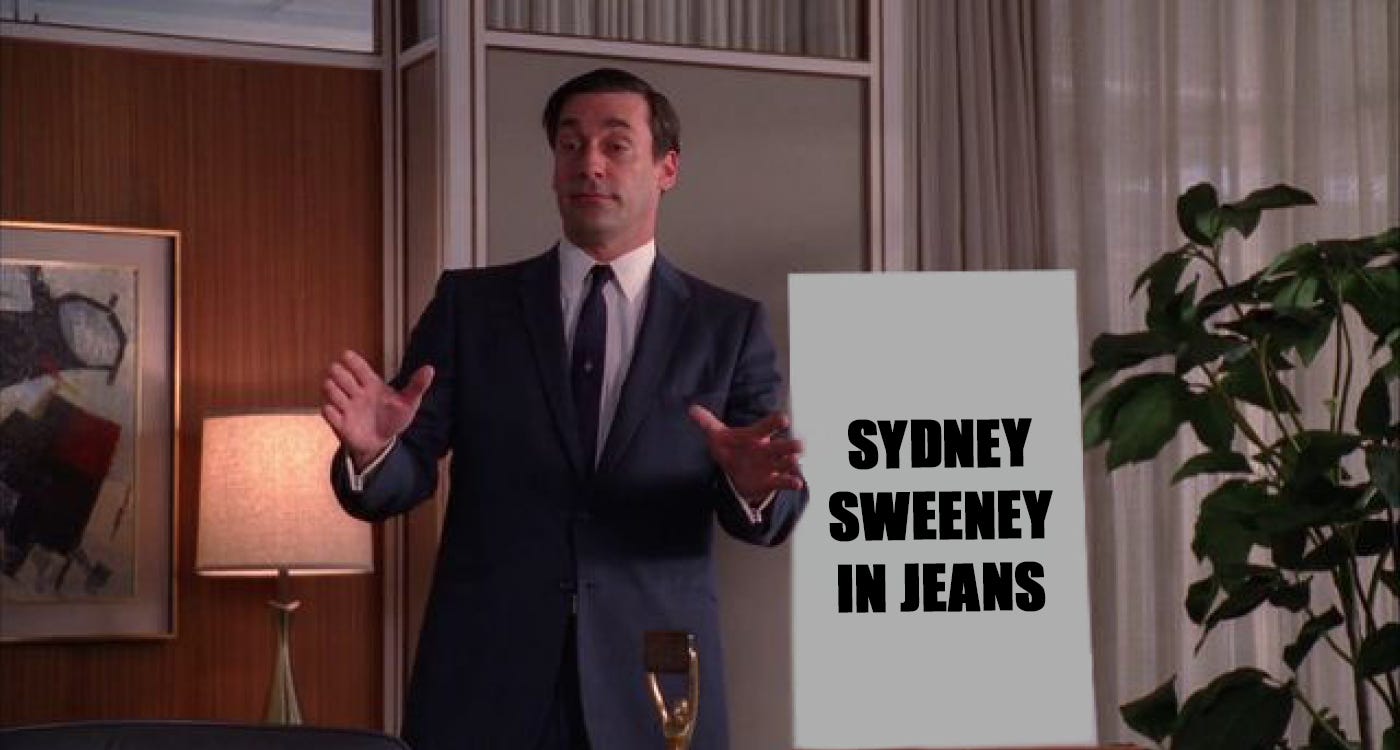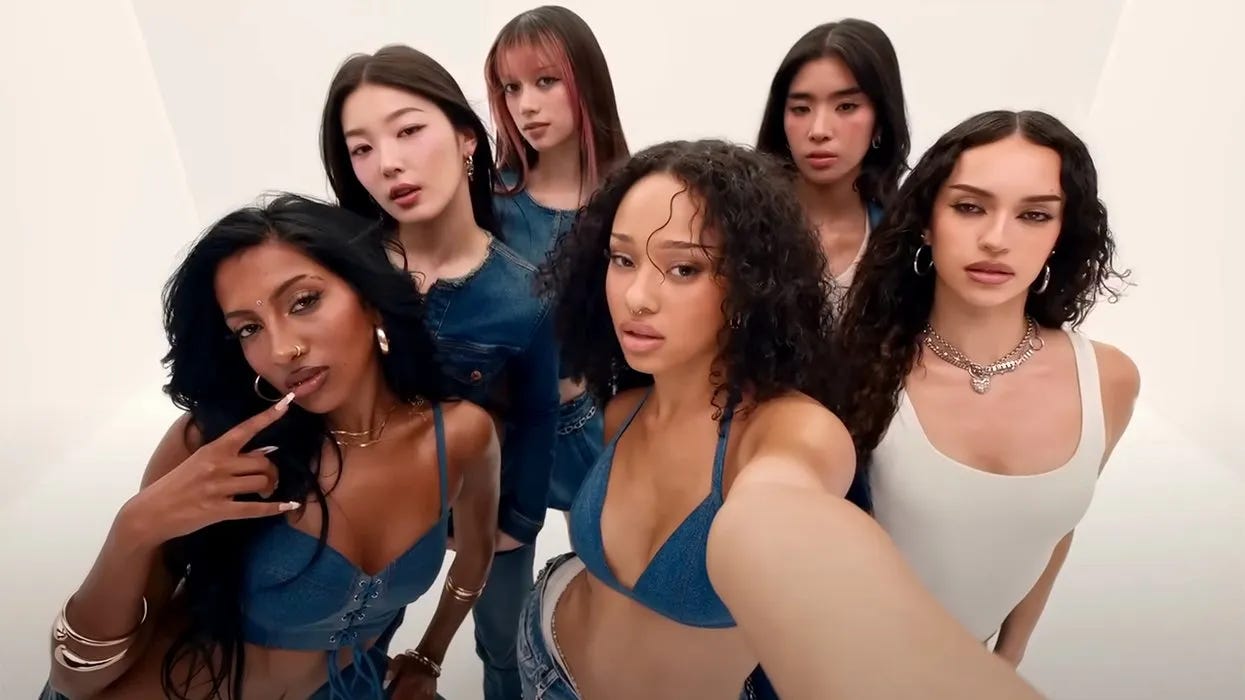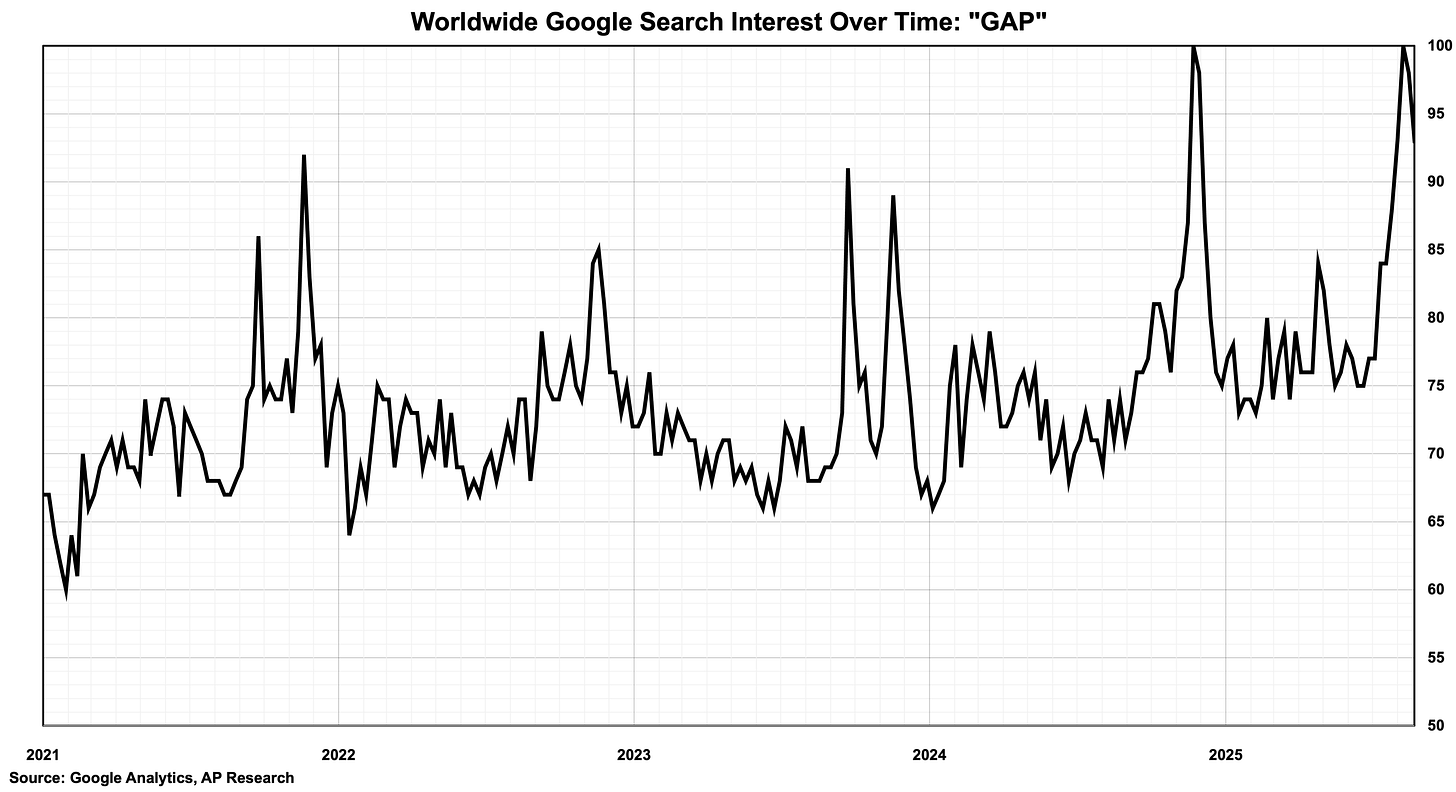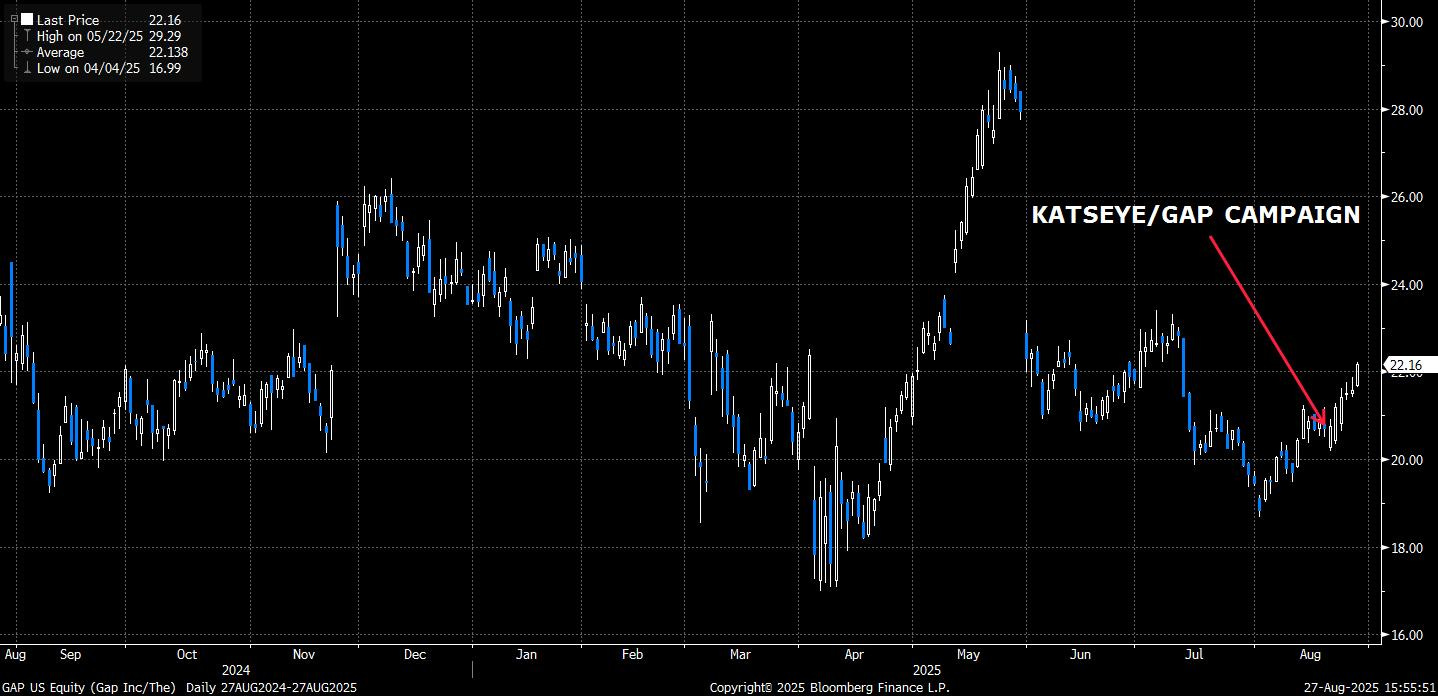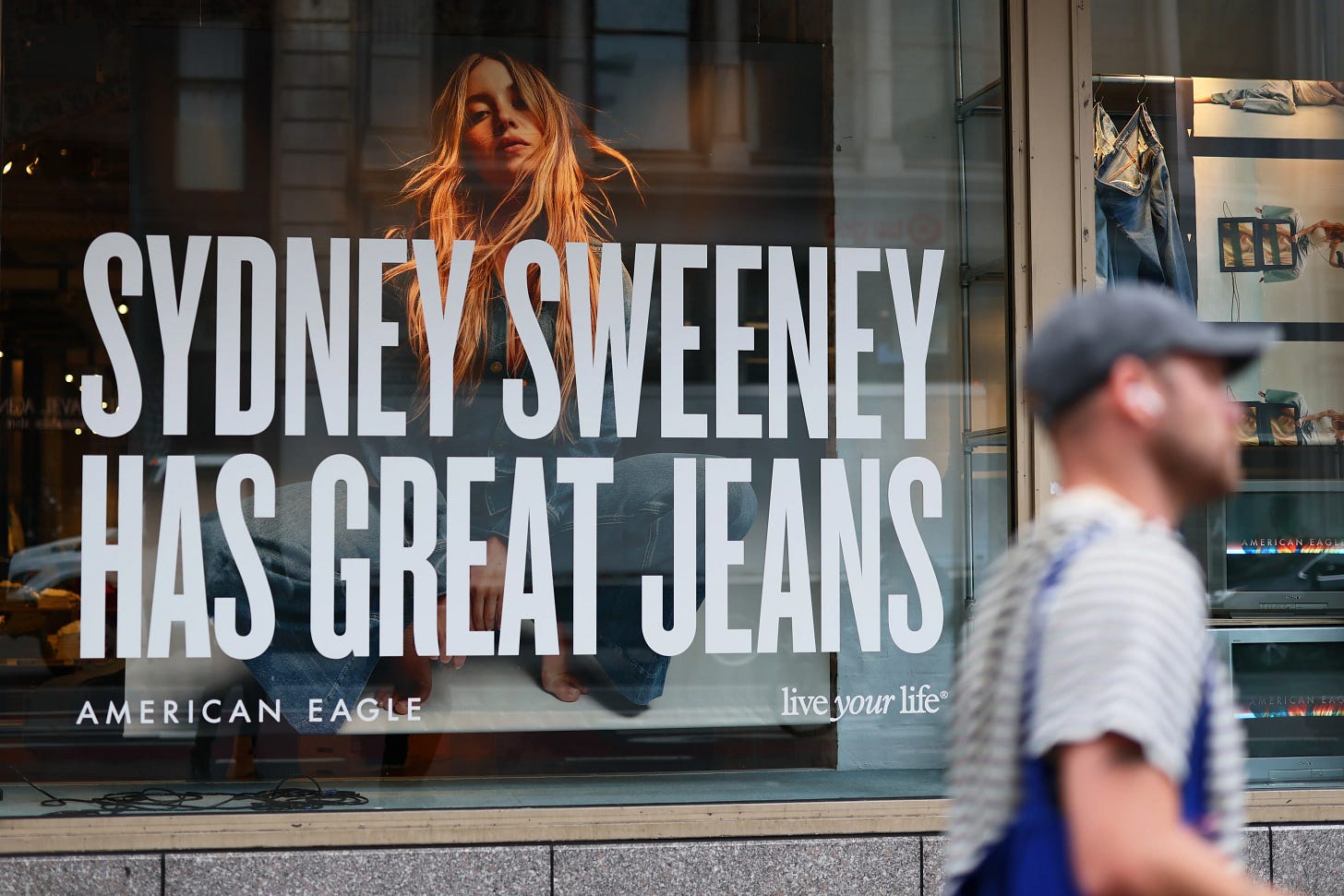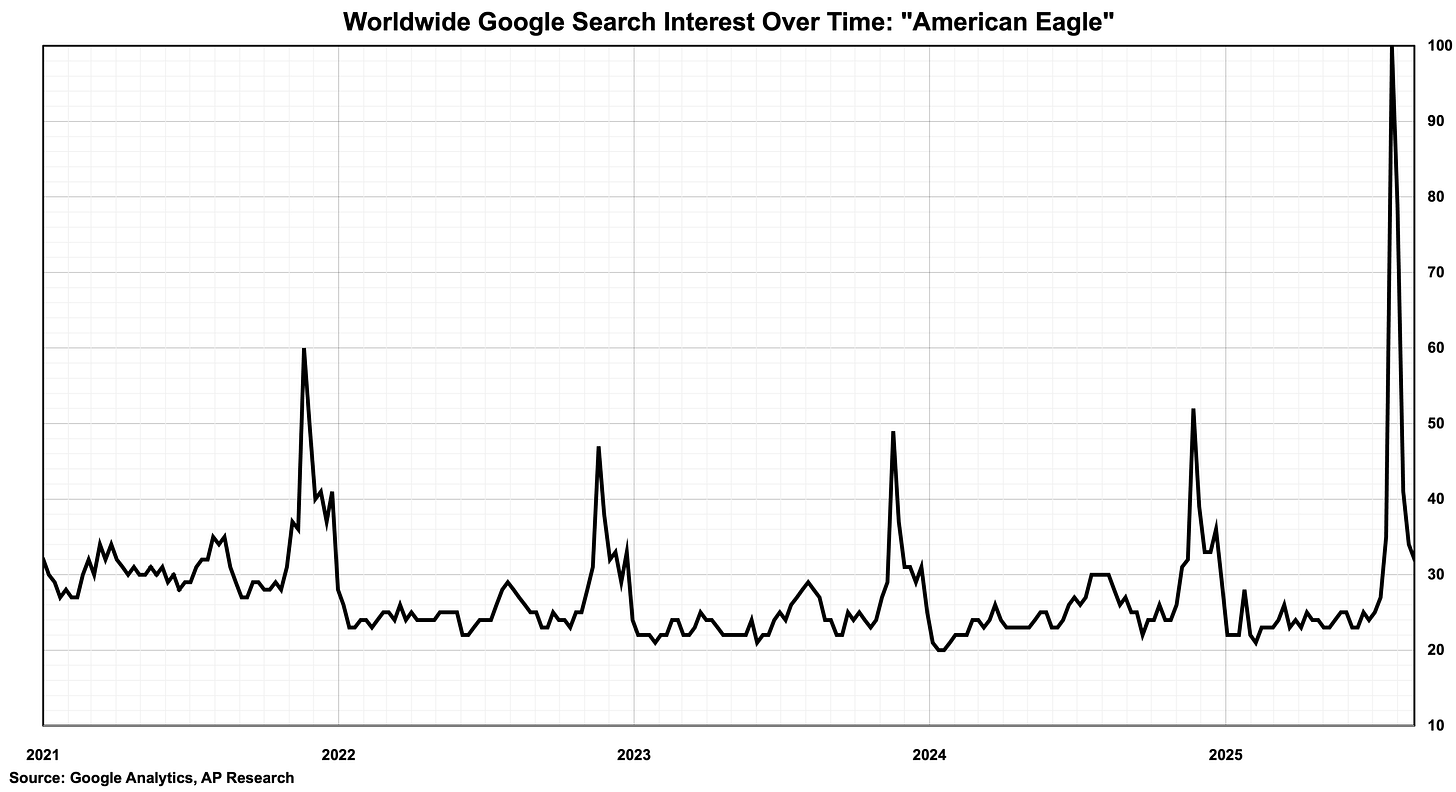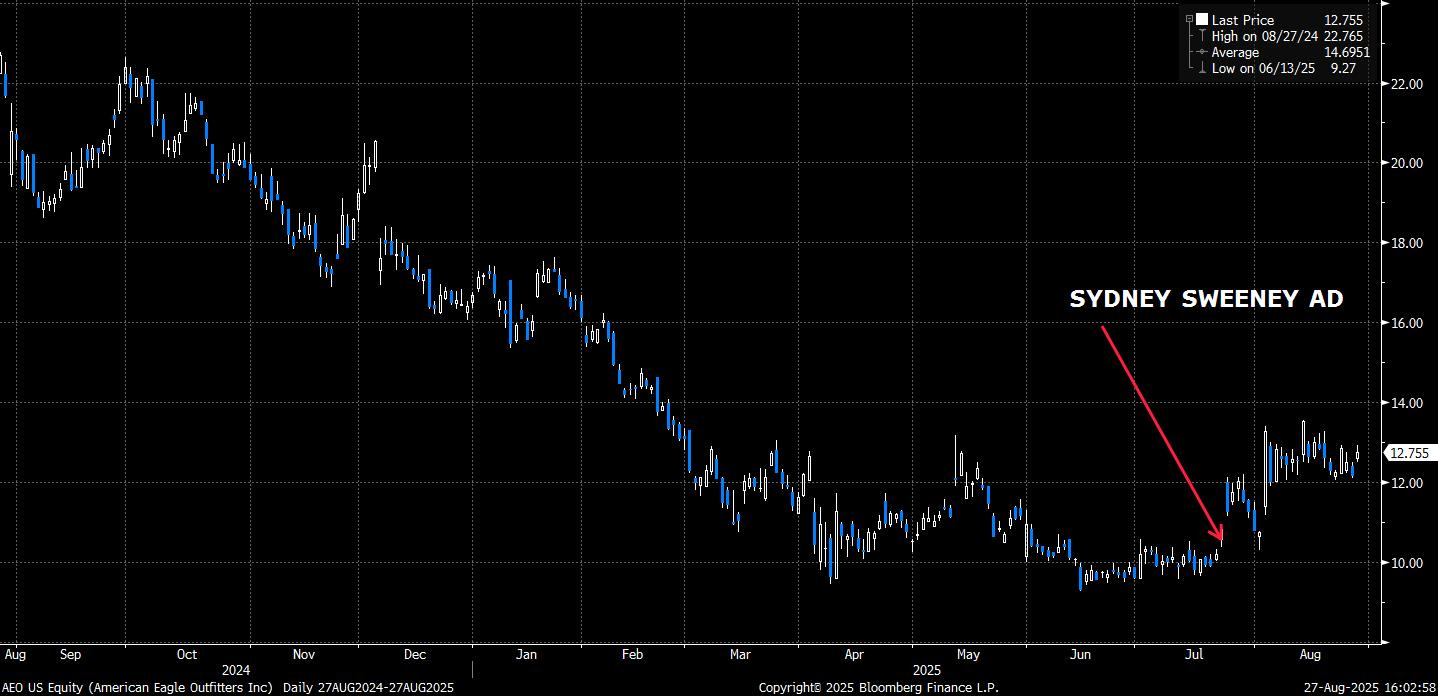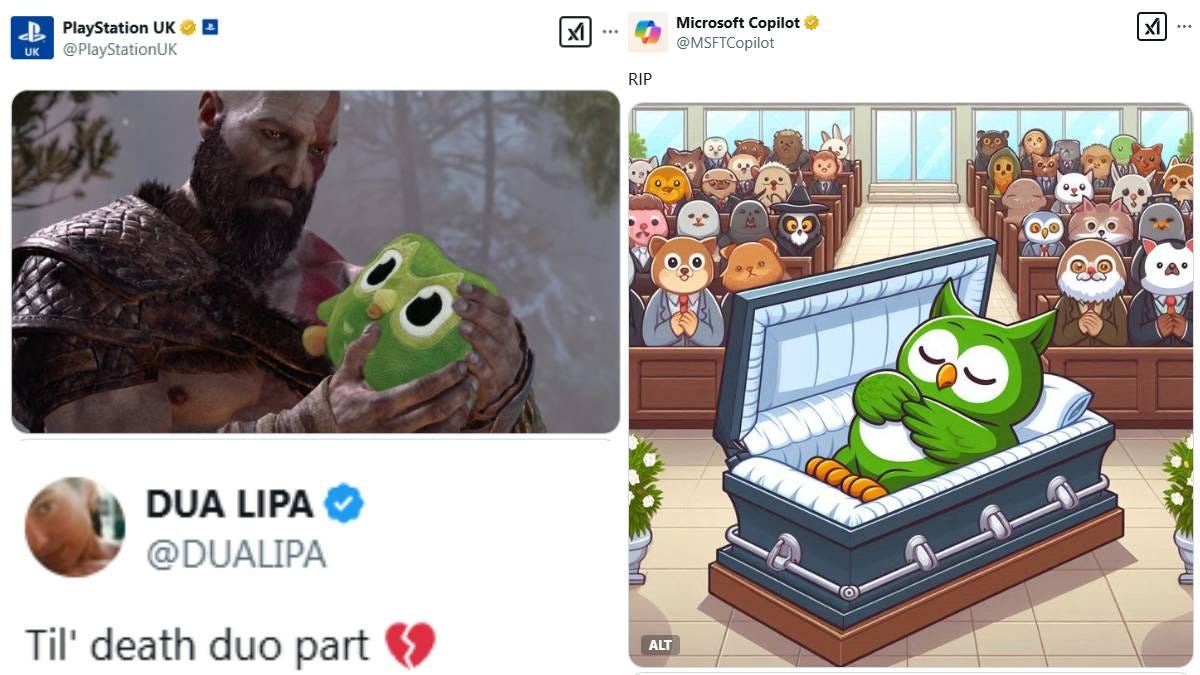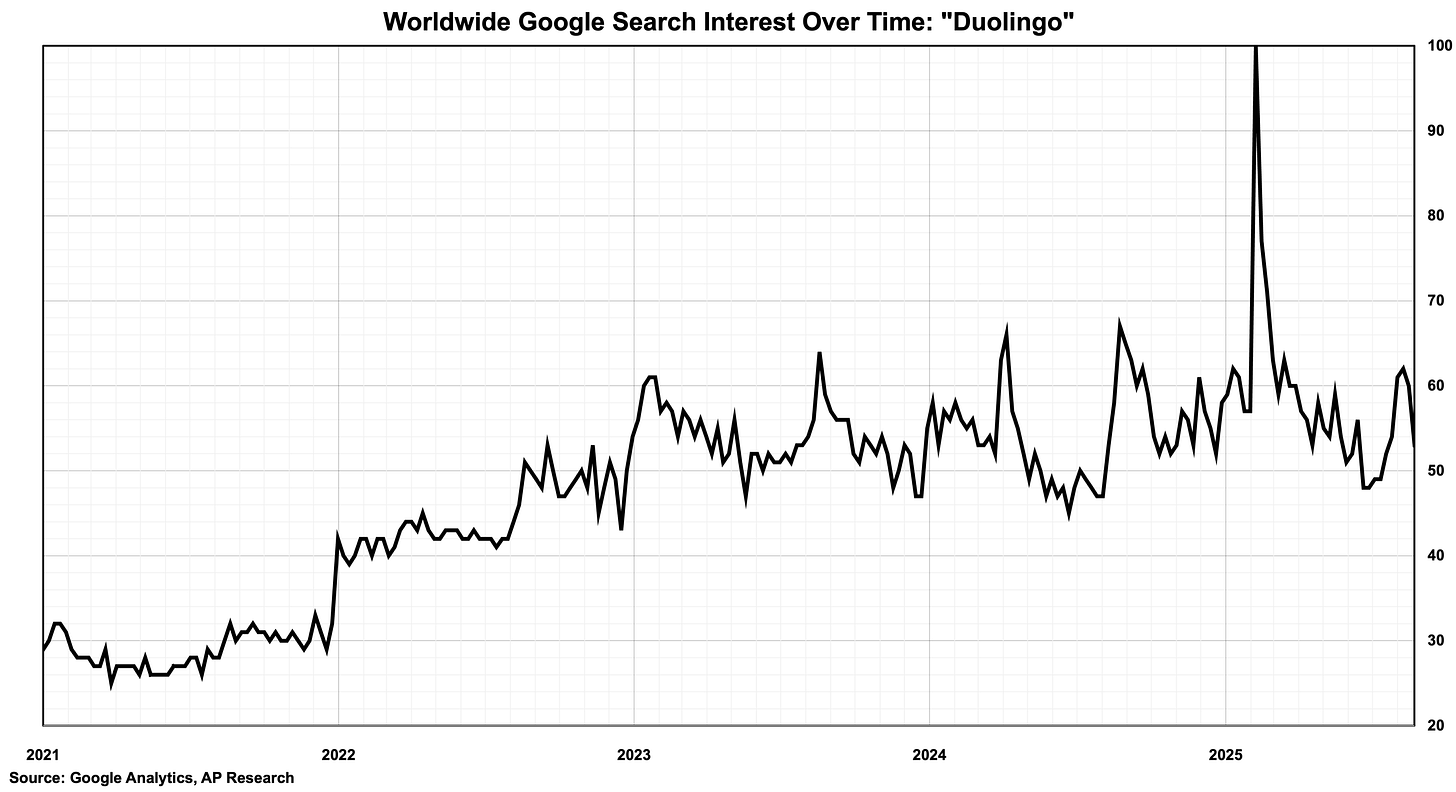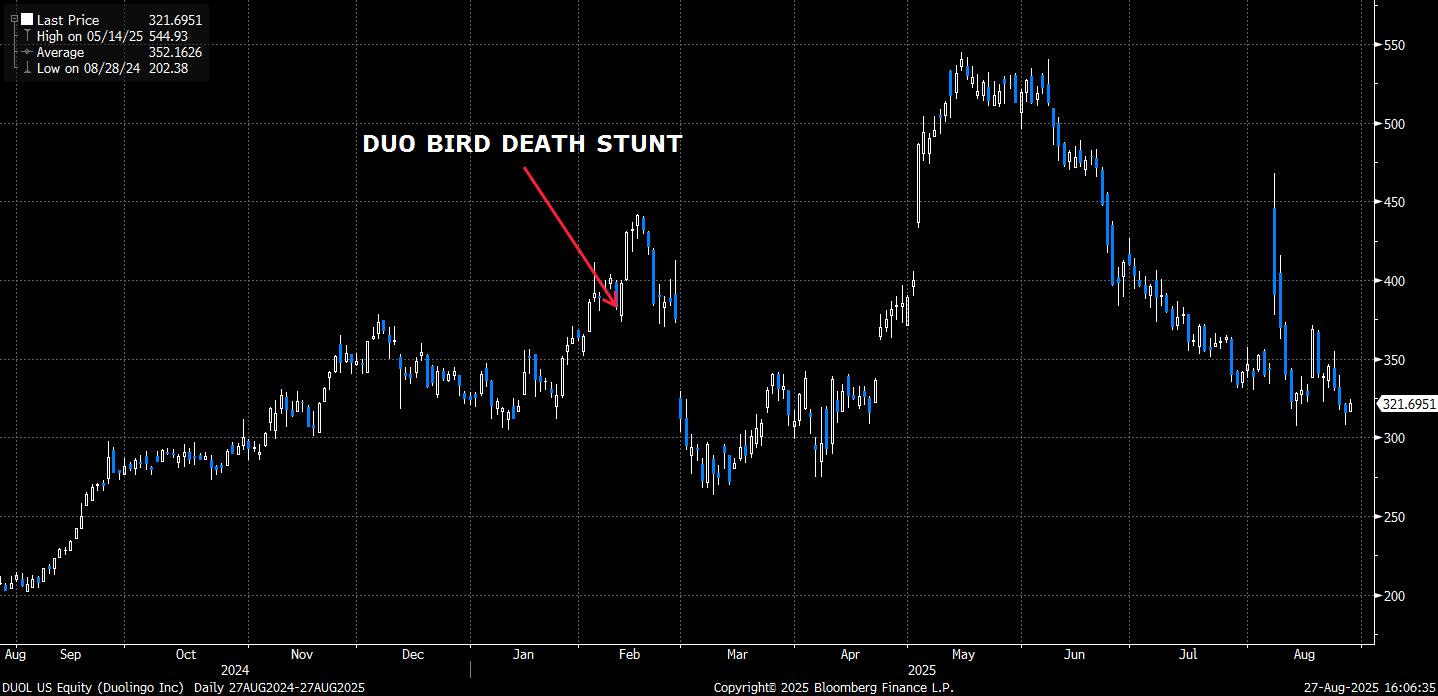Back to Basics
The age of virality and familiar advertising strategies.
Gone are the days of Don Draper and Madison Avenue, when slogans, jingles, and carefully crafted billboards lodged themselves into the collective memory of American households for decades. Advertising used to be a slow burn: a catchphrase repeated on TV, a headline in the morning paper, a poster on the subway.
Today, it’s a sprint. Campaigns are born viral, burn bright across TikTok or Instagram, and fade within weeks, sometimes days. The new ad executive isn’t the chain-smoking creative director but the algorithm, the influencer, or the meme. The velocity of attention has compressed from decades to days, and with it, the way brands connect with consumers has fundamentally shifted.
For much of the last decade, brand marketing leaned heavily into cultural positioning—messaging built around narrower identities rather than broad-based appeal. That approach resonated for a time, particularly when consumers rewarded companies for aligning with social causes.
But culture never moves in a straight line. When the pendulum swings too far one way, it eventually snaps back the other. In advertising, that snap-back is showing up as a return to the familiar: mainstream aesthetics, aspirational beauty, and campaigns that feel inclusive not through statements, but through shared recognition.
Think of it as the difference between speaking to a niche and speaking to the centre. Brands that lean into mass resonance (take the recent examples of the Sydney Sweeney campaign at American Eagle and Gap’s viral KATSEYE denim ad) are finding that broad familiarity converts more effectively than narrow appeals. The new wave of virality is less about moral positioning and more about cultural recognition.
The most interesting part? You don’t need deep survey data or regression models to spot the shift. Sometimes the best thematic research starts with simple observation. Watch the campaigns that actually break through online, and the pattern becomes obvious: resonance is what wins.
It’s a reminder that thematic investing doesn’t always require complex machinery. Sometimes it’s about watching the cultural tape, seeing what consumers respond to before the market fully prices it in. If consumers buy in, investors will follow suit.
The pendulum shift in advertising doesn’t just shape culture; it shapes returns. Brands leaning into broad familiarity are gaining traction with consumers, while those doubling down on narrower positioning risk alienating their base. For investors, this creates the foundation for a new thematic basket: long the companies embracing resonance and virality, short those drifting away from their core audience.
Viral Brand Moments
In the past year, numerous publicly traded brands, often aided by their agencies, have generated viral marketing moments on social media. Below is a rundown of major “viral” examples and the companies/brands behind them.
Gap Inc. – Katseye Dance Ad Goes Viral
Clothing retailer Gap (NYSE: GAP), working with its creative agency partner Invisible Dynamics, just delivered one of the most positive viral fashion ads of the year. Gap’s “Better in Denim” fall campaign featured KATSEYE, a culturally diverse Gen-Z girl group, dancing energetically to Kelis’s 2003 hit “Milkshake.”
The spot showcased Gap’s latest denim styles with Y2K flair, and within days it became Gap’s most viral, highly-engaged campaign ever. The upbeat ad was universally praised on social media (a stark contrast to some competitors’ missteps) and struck a chord with both Gen-Z and Millennials. According to Gap’s marketing chief, the inclusive, feel-good vibe was key to its success in cutting through “so much noise out there.” The numbers back it up: it set records across Gap’s social channels (the brand’s most-liked TikTok and Instagram posts to date) with the video garnering 100x higher views than Gap’s 2025 average post. Within a week, the campaign generated $1.7 million in earned media value, eclipsing even Gap’s well-received spring ad (which had $1.1 million total).
Importantly, Gap’s stock responded positively, with shares up nearly 8% in the week following the campaign’s release, evidence that cultural relevance can directly feed into equity performance.
American Eagle Outfitters – Sydney Sweeney’s “Great Jeans” Controversy
American Eagle Outfitters (NYSE: AEO) seized the cultural spotlight in July with a denim campaign featuring actress Sydney Sweeney. The creative leaned into a playful double-entendre pairing wordplay with Sweeney’s rising star power.
The slogan sparked heated debate online, with critics accusing the pun of evoking uncomfortable associations. But what could have been a PR misstep instead amplified the campaign’s reach. The controversy supercharged visibility: social feeds lit up, media outlets from fashion blogs to mainstream press covered the story, and even political figures weighed in. What started as a cheeky denim promo became a nationwide talking point.
The outcome was that American Eagle achieved something rare in retail marketing: cultural saturation. For weeks, the brand sat at the centre of the conversation, and investors noticed. The stock rallied sharply on the back of the campaign, with traders recognising that in the attention economy, ubiquity often outweighs neatness. For AEO, the Sweeney campaign demonstrated that leaning into resonance, even if imperfectly, can drive both consumer engagement and shareholder value.
And the brand isn’t letting the momentum fade. While writing this article, AEO released a new campaign featuring NFL star Travis Kelce, timed perfectly with his engagement to Taylor Swift. It’s another example of American Eagle’s ability to insert itself into the cultural conversation at just the right moment, reinforcing the company’s positioning at the heart of our “Back to Basics” theme.
To access full articles and research, manage your account here.
Duolingo – Killing Off the Mascot (and Winning the Internet)
Language app Duolingo (Nasdaq: DUOL) is a tech company, but its marketing team has achieved what many agencies dream of: repeated viral hits. In February 2025, Duolingo pulled off its boldest stunt yet by “killing” its beloved owl mascot Duo (and then resurrecting him) in an elaborate social media saga. It started with Duolingo’s official accounts posting a faux “press release” announcing Duo the Owl was dead (complete with a cartoon of the owl X-eyed).
This morbid prank shocked and amused users, who flooded TikTok with reactions and wild theories about who (or what) killed Duo. The brand leaned in, turning it into a full-blown mystery campaign over the next two weeks, even involving a whodunit narrative (fans eventually learned Duo was “hit by a Cybertruck,” a purposely absurd twist). The outcome was record-breaking: the “Dead Duo” campaign racked up 1.7 billion social media impressions in just two weeks. In fact, Duo’s fake demise generated twice as much online conversation as any of 2025’s top Super Bowl ads, a staggering feat. Duolingo’s in-house social team (with PR support from Edelman) showed masterful agility, responding to fans in real-time and even getting other brands and celebrities (like Dua Lipa) to play along organically. News outlets around the world reported on the owl’s “death,” and the stunt was featured on late-night TV. By ultimately revealing it was all a hoax, Duolingo kept the fun going.
Duolingo’s unorthodox approach (“Make it fun. Make it weird,” as the CEO urged) is not just brand buzz, but customer acquisition. The company has consistently reported user growth spikes in the wake of these stunts, effectively turning marketing spend into shareholder value.
Granted, Duolingo reported weaker earnings in the following week to this marketing stunt. But this highlights two important points with this theme and investing in it.


